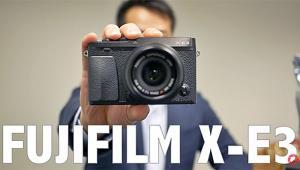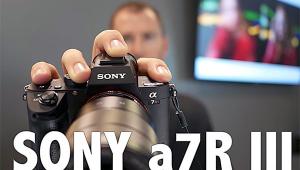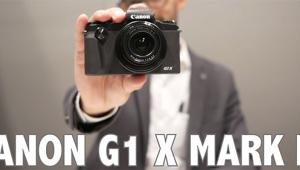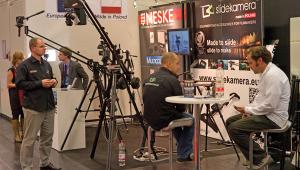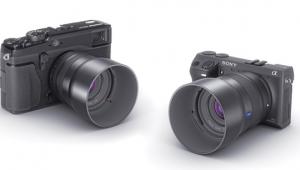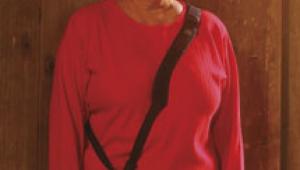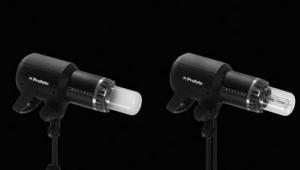Summing It Up
Everyone's photokina
is different. We look for what interests us; we discover different things
by accident; we see (to a considerable extent) what we want to see.
Admittedly, we are also helped or hindered by the manufacturers'
willingness to tell us what's new: there should not be any need
for investigative journalism when you are offering free publicity to
anyone with a new product worth writing about, but there are still a
few who, on being asked what's new, hand you (stone-faced) a CD-ROM
and say, "It's all on there." In that case, why are
they at photokina? And why do they think we're there? To pick
up CDs? Hardly! For instance, Linhof should be profoundly grateful to
Bob Solomon of HP Marketing, their US importers; without him, their
stand was about as welcoming as Alcatraz. |
- Log in or register to post comments

